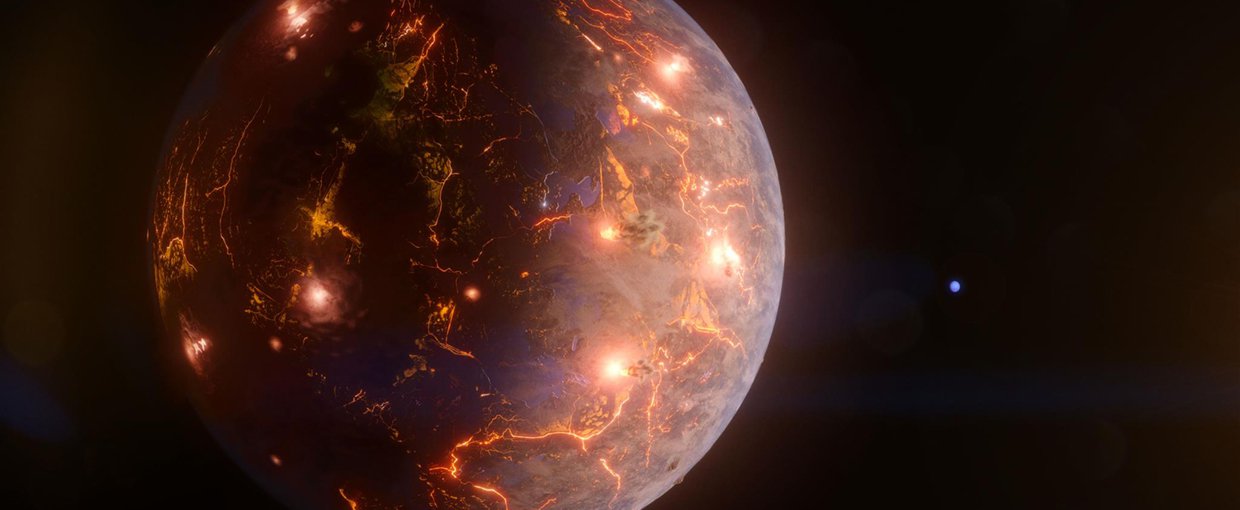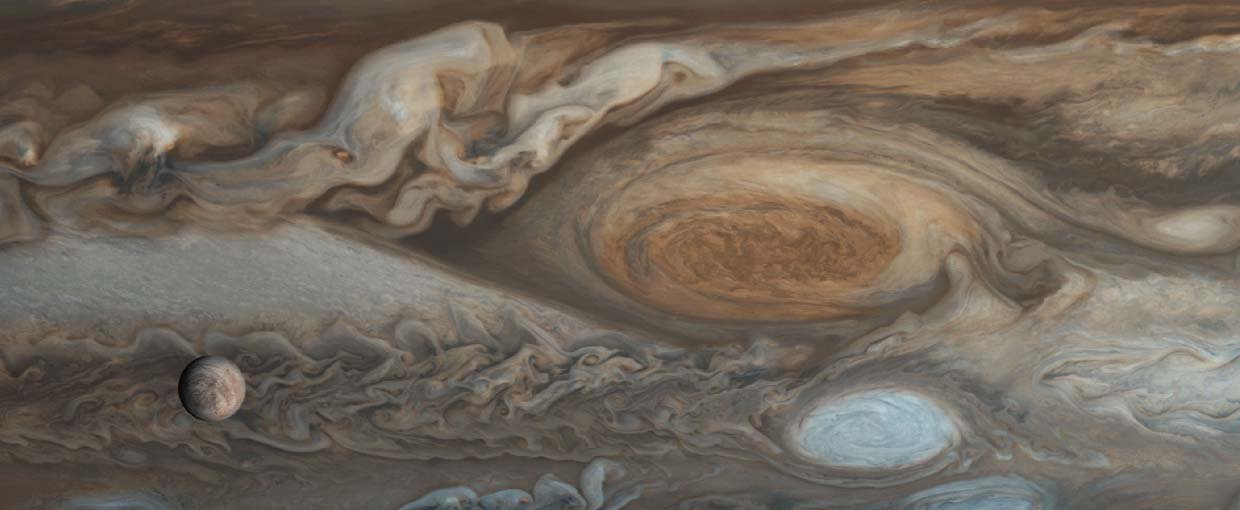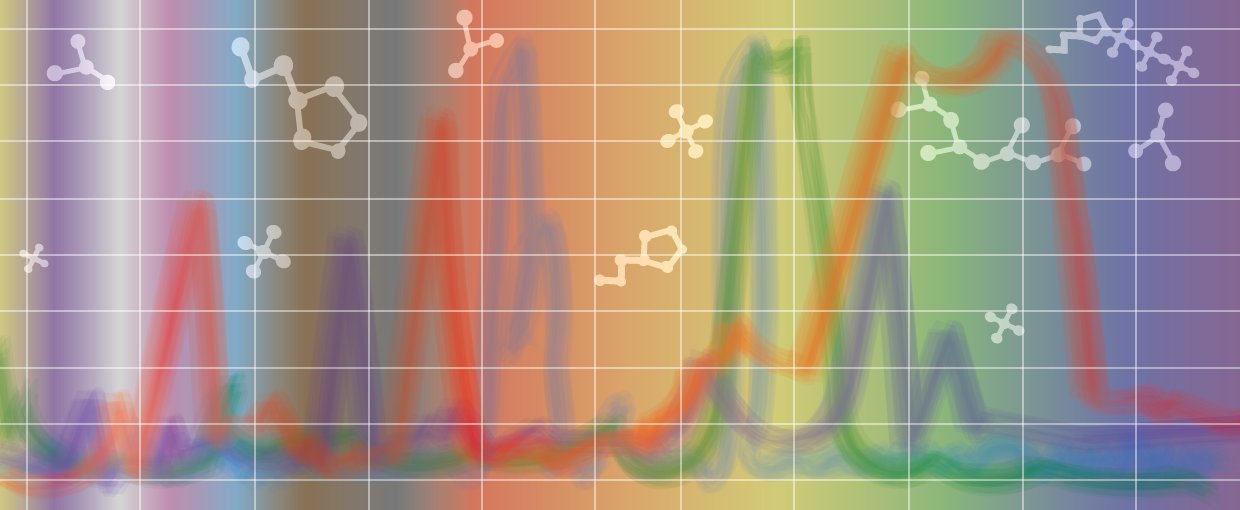Glass, J. B., Wolfe-Simon, F., Elser, J. J., & Anbar, A. D. (2010). Molybdenum-nitrogen co-limitation in freshwater and coastal heterocystous cyanobacteria. Limnology and Oceanography, 55(2), 667–676. doi:10.4319/lo.2010.55.2.0667
Berry, B. J., Jenkins, D. G., & Schuerger, A. C. (2010). Effects of Simulated Mars Conditions on the Survival and Growth of Escherichia coli and Serratia liquefaciens. Applied and Environmental Microbiology, 76(8), 2377–2386. doi:10.1128/aem.02147-09
Adams, H. E., Crump, B. C., & Kling, G. W. (2010). Environmental Microbiology, 12(5), 1319–1333. doi:10.1111/j.1462-2920.2010.02176.x
Anglada-Escudé, G., Shkolnik, E. L., Weinberger, A. J., Thompson, I. B., Osip, D. J., & Debes, J. H. (2010). The Astrophysical Journal, 711(1), L24–L29. doi:10.1088/2041-8205/711/1/l24
Arriagada, P., Butler, R. P., Minniti, D., López-Morales, M., Shectman, S. A., Adams, F. C., … Boss, A. P. (2010). The Astrophysical Journal, 711(2), 1229–1235. doi:10.1088/0004-637x/711/2/1229
Bakos, G. Á., Torres, G., Pál, A., Hartman, J., Kovács, G., Noyes, R. W., … Latham, D. W. (2010). The Astrophysical Journal, 710(2), 1724–1745. doi:10.1088/0004-637x/710/2/1724
Boersma, C., Bauschlicher, C. W., Allamandola, L. J., Ricca, A., Peeters, E., & Tielens, A. G. G. M. (2010). A&A, 511(None), A32. doi:10.1051/0004-6361/200912714
Bouwman, J., Cuppen, H. M., Bakker, A., Allamandola, L. J., & Linnartz, H. (2010). A&A, 511(None), A33. doi:10.1051/0004-6361/200913291
Buick, R. (2010). Nature, 463(7283), 885–886. doi:10.1038/463885a
Choukroun, M., Grasset, O., Tobie, G., & Sotin, C. (2010). Icarus, 205(2), 581–593. doi:10.1016/j.icarus.2009.08.011



